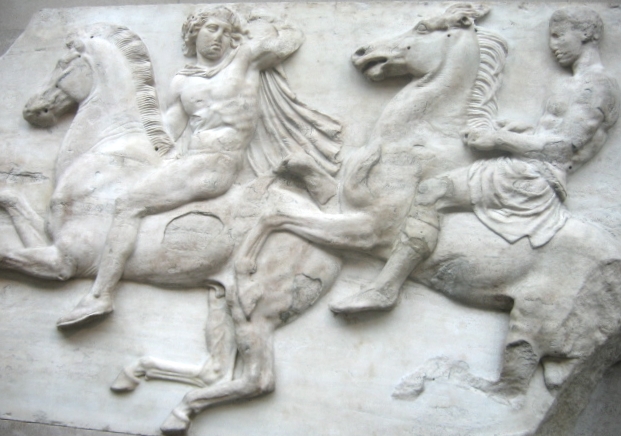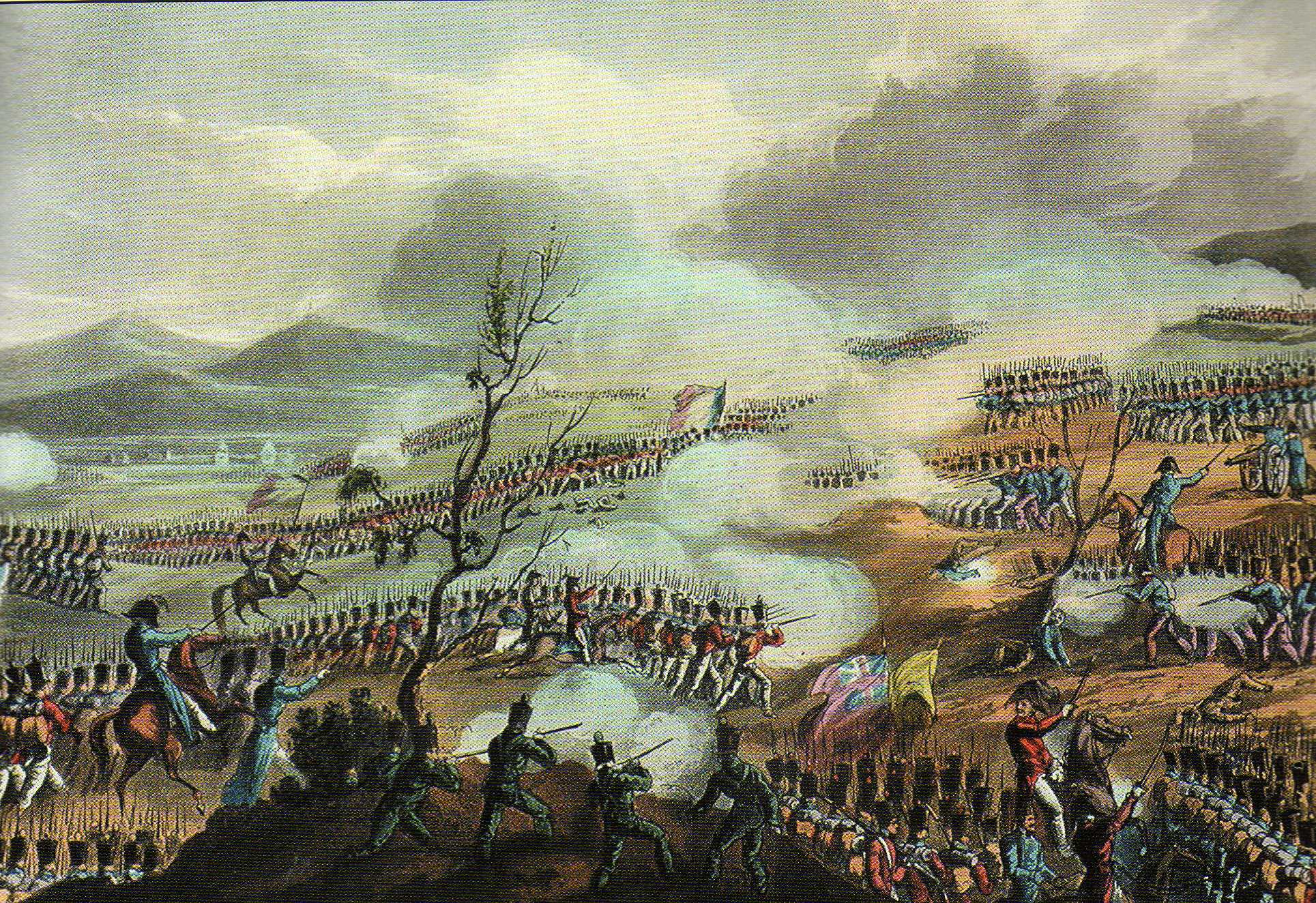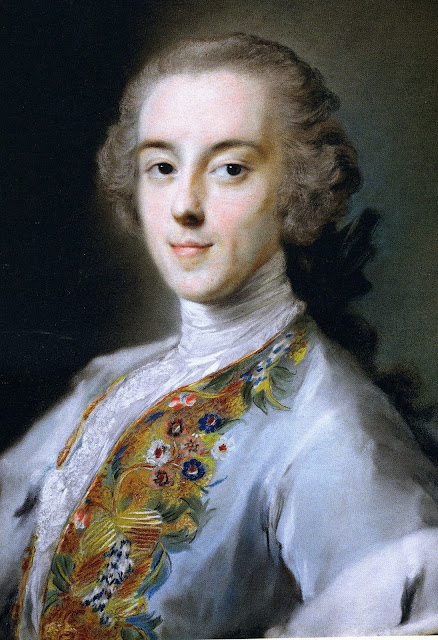|
Richmond House, Twickenham
Richmond House was a large mansion in Twickenham, Surrey, England. History The house was built in about 1640 for Edward Birkhead, who was Serjeant at Arms of the British House of Commons. The house was acquired by Francis Newport, 1st Earl of Bradford in 1682: he built up an important art collection which is now at Weston Park in Staffordshire. It then passed to one of his sons, Thomas Newport, 1st Baron Torrington, in 1708 and to Anthony Browne, 6th Viscount Montagu in 1736. From 1744 to 1766 it was owned and occupied by Anthony Keck. The house was then bought by Mary, Dowager Countess of Shelburne (mother of the William Petty, 1st Marquess of Lansdowne, who served as Prime Minister) in 1766. It then passed to Martha Bruce, Countess of Elgin and Kincardine (mother of Thomas Bruce, 7th Earl of Elgin, who installed the Elgin Marbles in the British Museum) in 1810. It then was acquired by Sir Claude Champion de Crespigny, 1st Baronet in 1813 and by Mrs Anne Seymour Damer (a scul ... [...More Info...] [...Related Items...] OR: [Wikipedia] [Google] [Baidu] |
Elgin Marbles
The Elgin Marbles ( ) are a collection of Ancient Greek sculptures from the Parthenon and other structures from the Acropolis of Athens, removed from Ottoman Greece in the early 19th century and shipped to Britain by agents of Thomas Bruce, 7th Earl of Elgin, and now held in the British Museum in London. The majority of the sculptures were created in the 5th century BC under the direction of sculptor and architect Phidias. The term ''Parthenon Marbles'' or ''Parthenon Sculptures'' () refers to sculptures—the Parthenon Frieze, frieze, Metopes of the Parthenon, metopes and Pediments of the Parthenon, pediments—from the Parthenon held in various collections, principally the British Museum and the Acropolis Museum in Athens. From 1801 to 1812, Elgin's agents removed about half the surviving Parthenon sculptures, as well as sculptures from the Erechtheion, the Temple of Athena Nike and the Propylaia (Acropolis of Athens), Propylaia, sending them to Britain in efforts to establ ... [...More Info...] [...Related Items...] OR: [Wikipedia] [Google] [Baidu] |
Buildings And Structures Demolished In 1924
A building or edifice is an enclosed Structure#Load-bearing, structure with a roof, walls and window, windows, usually standing permanently in one place, such as a house or factory. Buildings come in a variety of sizes, shapes, and functions, and have been adapted throughout history for numerous factors, from building materials available, to weather conditions, land prices, ground conditions, specific uses, monument, prestige, and aesthetic reasons. To better understand the concept, see ''Nonbuilding structure'' for contrast. Buildings serve several societal needs – occupancy, primarily as shelter from weather, security, living space, privacy, to store belongings, and to comfortably live and work. A building as a shelter represents a physical separation of the :Human habitats, human habitat (a place of comfort and safety) from the ''outside'' (a place that may be harsh and harmful at times). buildings have been objects or canvasses of much architecture, artistic expression. ... [...More Info...] [...Related Items...] OR: [Wikipedia] [Google] [Baidu] |
Houses In The London Borough Of Richmond Upon Thames
A house is a single-unit residential building. It may range in complexity from a rudimentary hut to a complex structure of wood, masonry, concrete or other material, outfitted with plumbing, electrical, and heating, ventilation, and air conditioning systems.Schoenauer, Norbert (2000). ''6,000 Years of Housing'' (rev. ed.) (New York: W.W. Norton & Company). Houses use a range of different roofing systems to keep precipitation such as rain from getting into the dwelling space. Houses generally have doors or locks to secure the dwelling space and protect its inhabitants and contents from burglars or other trespassers. Most conventional modern houses in Western cultures will contain one or more bedrooms and bathrooms, a kitchen or cooking area, and a living room. A house may have a separate dining room, or the eating area may be integrated into the kitchen or another room. Some large houses in North America have a recreation room. In traditional agriculture-oriented societies, domes ... [...More Info...] [...Related Items...] OR: [Wikipedia] [Google] [Baidu] |
1924 Disestablishments In England
Nineteen or 19 may refer to: * 19 (number) * One of the years 19 BC, AD 19, 1919, 2019 Films * ''19'' (film), a 2001 Japanese film * ''Nineteen'' (1987 film), a 1987 science fiction film * '' 19-Nineteen'', a 2009 South Korean film * '' Diciannove'', a 2024 Italian drama film informally referred to as "Nineteen" in some sources Science * Potassium, an alkali metal * 19 Fortuna, an asteroid Music * 19 (band), a Japanese pop music duo Albums * ''19'' (Adele album), 2008 * ''19'', a 2003 album by Alsou * ''19'', a 2006 album by Evan Yo * ''19'', a 2018 album by MHD * ''19'', one half of the double album '' 63/19'' by Kool A.D. * ''Number Nineteen'', a 1971 album by American jazz pianist Mal Waldron * ''XIX'' (EP), a 2019 EP by 1the9 Songs * "19" (song), a 1985 song by British musician Paul Hardcastle * "Stone in Focus", officially "#19", a composition by Aphex Twin * "Nineteen", a song from the 1992 album ''Refugee'' by Bad4Good * "Nineteen", a song from the 20 ... [...More Info...] [...Related Items...] OR: [Wikipedia] [Google] [Baidu] |
1640 Establishments In England
Year 164 ( CLXIV) was a leap year starting on Saturday of the Julian calendar. At the time, it was known as the Year of the Consulship of Macrinus and Celsus (or, less frequently, year 917 ''Ab urbe condita''). The denomination 164 for this year has been used since the early medieval period, when the Anno Domini calendar era became the prevalent method in Europe for naming years. Events By place Roman Empire * Emperor Marcus Aurelius gives his daughter Lucilla in marriage to his co-emperor Lucius Verus. * Avidius Cassius, one of Lucius Verus' generals, crosses the Euphrates and invades Parthia. * Ctesiphon is captured by the Romans, but returns to the Parthians after the end of the war. * The Antonine Wall in Scotland is abandoned by the Romans. * Seleucia on the Tigris is destroyed. Births * Bruttia Crispina, Roman empress (d. 191) * Ge Xuan (or Xiaoxian), Chinese Taoist (d. 244) * Yu Fan, Chinese scholar and official (d. 233 __NOTOC__ Year 233 ( CCXXXIII) ... [...More Info...] [...Related Items...] OR: [Wikipedia] [Google] [Baidu] |
Edward Blakeney
Field Marshal Sir Edward Blakeney (26 March 1778 – 2 August 1868) was a British Army officer. After taking part in the British occupation of Dutch Guiana as a junior officer and being taken prisoner by privateers three times, he participated in the Anglo-Russian invasion of Holland in 1799. Blakeney subsequently joined the expedition to Denmark led by Lord Cathcart in 1807. He went on to command the 2nd Battalion of the 7th Regiment of Foot and then both battalions of that regiment in many of the battles of the Peninsular War. After joining the Duke of Wellington as he marched into Paris in 1815, Blakeney fought in the War of 1812. He then commanded a brigade in the army sent on a mission to Portugal to support the constitutional government against the absolutist forces of Miguel I of Portugal in 1826. Blakeney's last major appointment was as Commander-in-Chief, Ireland, a post he held for nearly twenty years. Early life Born the fourth son of Colonel William Blakeney ... [...More Info...] [...Related Items...] OR: [Wikipedia] [Google] [Baidu] |
Horace Walpole
Horatio Walpole, 4th Earl of Orford (; 24 September 1717 – 2 March 1797), better known as Horace Walpole, was an English Whig politician, writer, historian and antiquarian. He had Strawberry Hill House built in Twickenham, southwest London, reviving the Gothic style some decades before his Victorian successors. His literary reputation rests on the first Gothic novel, '' The Castle of Otranto'' (1764), and his ''Letters'', which are of significant social and political interest. They have been published by Yale University Press in 48 volumes. In 2017, a volume of Walpole's selected letters was published. The youngest son of the first British Prime Minister, Sir Robert Walpole, 1st Earl of Orford, he became the 4th and last Earl of Orford of the second creation on his nephew's death in 1791. Early life: 1717–1739 Walpole was born in London, the youngest son of British Prime Minister Sir Robert Walpole and his wife, Catherine. Like his father, he received early educatio ... [...More Info...] [...Related Items...] OR: [Wikipedia] [Google] [Baidu] |
Anne Seymour Damer
Anne Seymour Damer (née Conway; 26 October 1748 – 28 May 1828) was an English sculptor. Described as a 'female genius' by Horace Walpole, she was trained in sculpture by Giuseppe Ceracchi and John Bacon. Influenced by the Enlightenment, Damer was an author, traveller, theatrical producer and actress, as well as an acclaimed sculptor. She exhibited regularly at the Royal Academy from 1784 to 1818 and was a close friend to members of Georgian high society, including Horace Walpole and the politician Charles James Fox. It is believed that Damer was a lesbian and was in a relationship with the actress Elizabeth Farren. Life Anne Seymour Conway was born in Sevenoaks into an aristocratic Whig family. She was the only daughter of Field-Marshal Henry Seymour Conway (1721–1795) and his wife Lady Caroline Bruce, born Campbell, Lady Ailesbury (1721–1803). Her father was a nephew of Robert Walpole, Britain's first prime minister. Walpole's son, Horace Walpole, was her godfat ... [...More Info...] [...Related Items...] OR: [Wikipedia] [Google] [Baidu] |
Champion De Crespigny Baronets
The Champion de Crespigny Baronetcy, of Champion Lodge, Camberwell, in the County of Surrey, was a title in the Baronetage of the United Kingdom, created on 31 October 1805 for Claude Champion de Crespigny. Background The Champion de Crespigny family originated in Normandy, France. The name Crespigny is probably related to Crispin and Crispinian, Saint Crispin. The second part of the placename, igny, is common in the northwest of France: there are four places called simply Igny and many which include it in their name. It may be derived from the Latin ignis "fire," with the extended meaning of a hearth-fire and hence a place of settlement. On this basis, Crespigny first acquired its name as a settlement containing a church, a chapel or some form of a shrine to Saint Crispin. Retrieved from https://ayfamilyhistory.com/champions-from-normandy/ Claude Champion de Crespigny (1620–1697) settled in England after the revocation of the Edict of Nantes and his sons served in the Britis ... [...More Info...] [...Related Items...] OR: [Wikipedia] [Google] [Baidu] |
British Museum
The British Museum is a Museum, public museum dedicated to human history, art and culture located in the Bloomsbury area of London. Its permanent collection of eight million works is the largest in the world. It documents the story of human culture from its beginnings to the present.Among the national museums in London, sculpture and decorative art, decorative and applied art are in the Victoria and Albert Museum; the British Museum houses earlier art, non-Western art, prints and drawings. The National Gallery holds the national collection of Western European art to about 1900, while art of the 20th century on is at Tate Modern. Tate Britain holds British Art from 1500 onwards. Books, manuscripts and many works on paper are in the British Library. There are significant overlaps between the coverage of the various collections. Established in 1753, the British Museum was the first public national museum. In 2023, the museum received 5,820,860 visitors, 42% more than the previous y ... [...More Info...] [...Related Items...] OR: [Wikipedia] [Google] [Baidu] |





